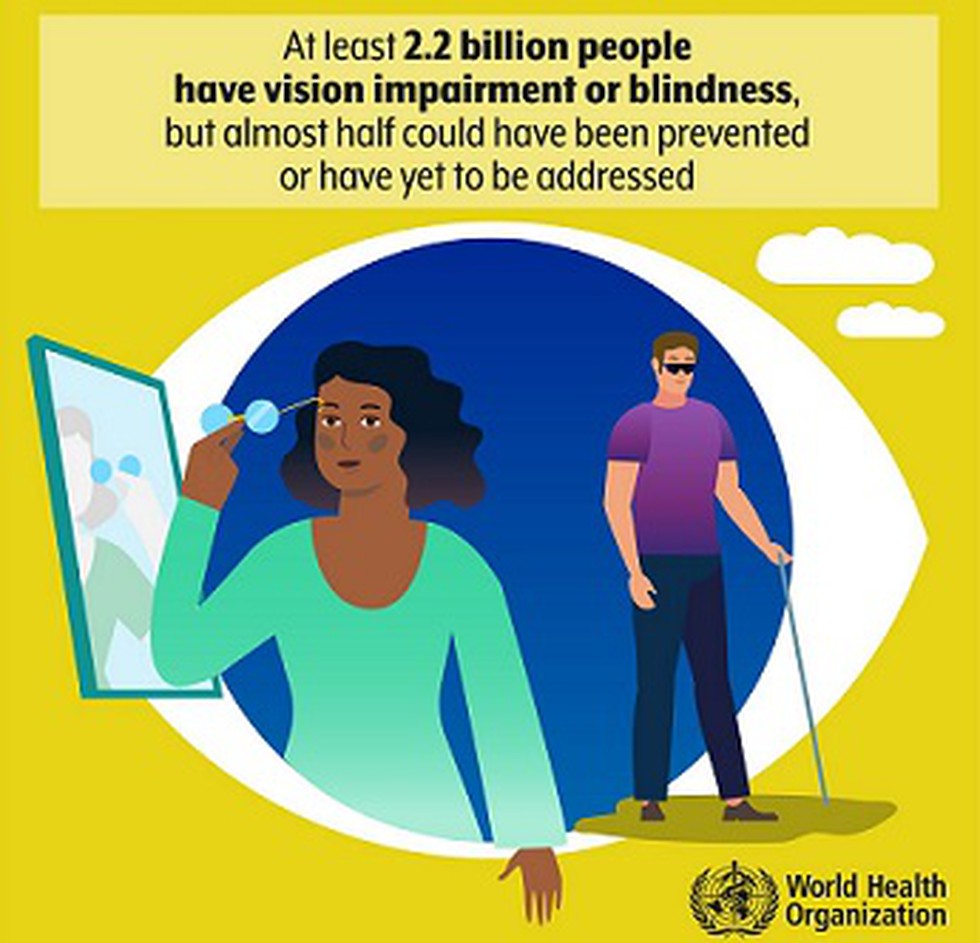Key highlights of the report:
- Globally, over 2.2 billion people have a vision impairment. Out of these 2.2 billion, 1 billion people are suffering from conditions that are preventable, or unaddressed.
- A majority of the cases among these 1 billion cases are of unaddressed presbyopia, at 826 million. This is followed by unaddressed refractive error, at over 120 million.
- Rural communities, low-income countries and older people bear the brunt of these impairments. For instance, the age-specific prevalence of presenting distance vision impairment in an urban population of Delhi was one-third lower than that of a rural population in Northern India (28%).
- Surgeries for cataract, which is the leading cause of blindness globally, have shown improvements over time, in low middle-income countries.
- In India the rate of cataract surgery has increased nine-fold between 1981 and 2012. This has been possible due to the National Programme for Control of Blindness, which was launched in 1976 and under which cataract surgeries were performed on 6.5 million people in 2016-2017.
